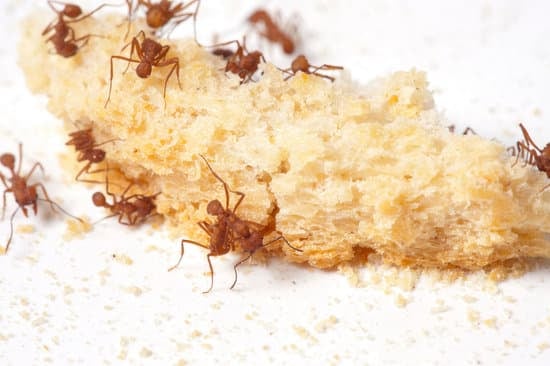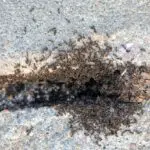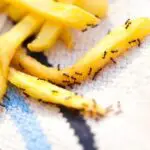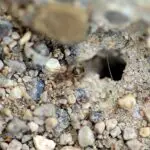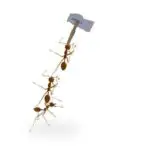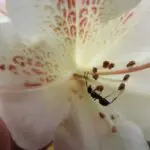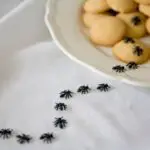Which Ants Have Noses?
Having an excellent sense of smell is essential for ants. They need to pick up odors to navigate, interact with others, and protect their colony. In fact, ants have more odor receptors than most insects. They also have specialized cells that produce proteins to bind to odor molecules and transport them to the nervous system.
The antennae are the main part of ants’ smelling system. The specialized cells on the antennae produce proteins for smelling. Ants also have sensilla, small pores on the antennae that are capable of picking up pheromones. Pheromones are chemicals that are used by ants to communicate with one another. They help ants to maintain complex social networks. They also help ants to keep their colonies organized.
Ants also have olfactory receptors in their antennae. These receptors detect pheromones and toxic chemicals. They also provide ants with a sense of taste. These receptors are found in the antennae of males and females. The number of receptors is determined by the ant species.
Ants are known to form large, highly organized colonies. These colonies have a queen who leads the colony. She is in charge of directing behavior and making the colonies obey her. She can also make the colonies sacrifice their lives to her.
Ants can detect pheromones from far away. This ability allows them to find and reach different types of food. It also allows them to detect predators.
Some ant species can smell the scents of food as far as 3.3 meters away. They also can pick up the odors of low volatility compounds with great precision.
